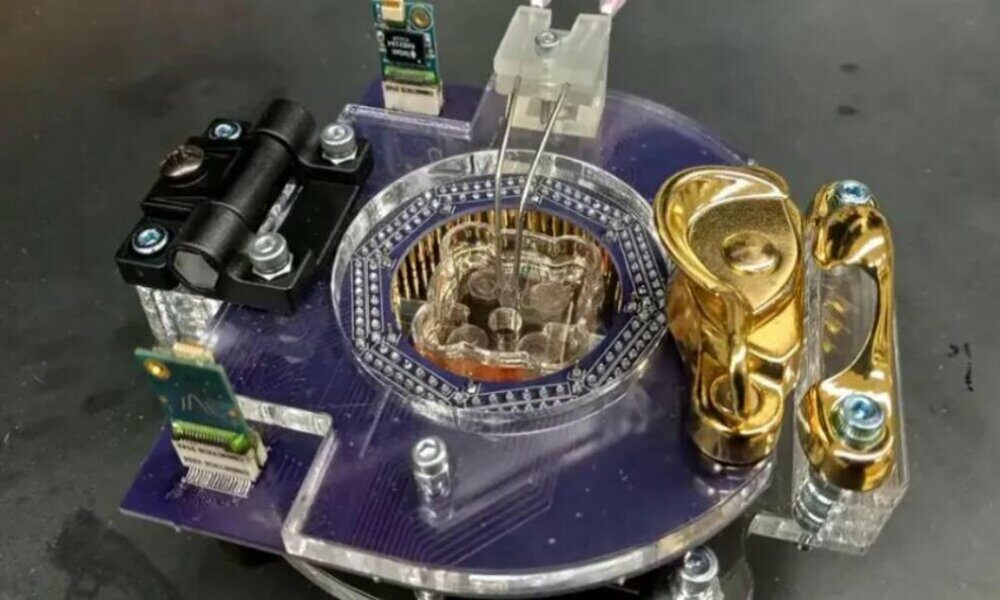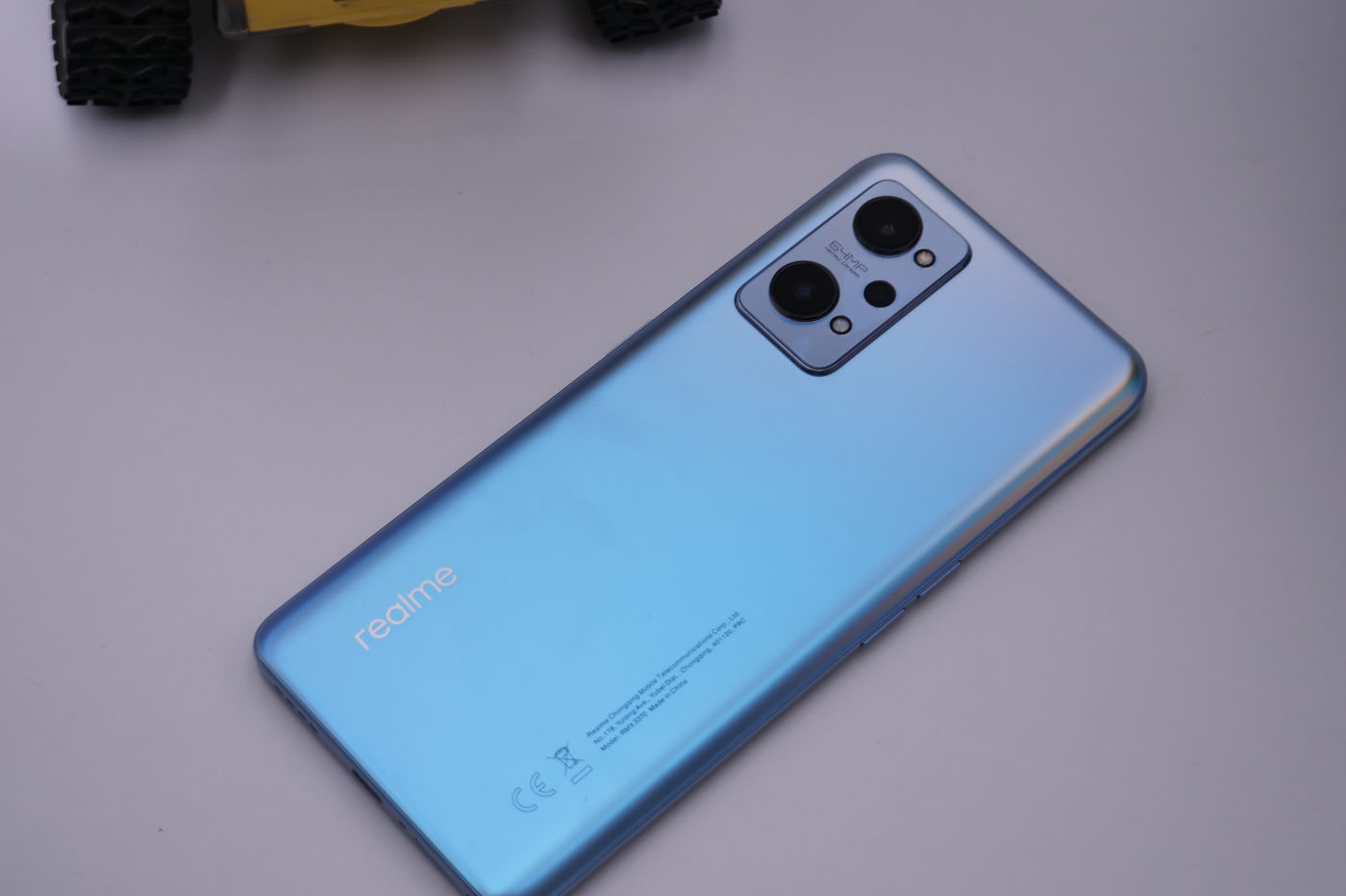
Human creativity is capable of reaching unsuspected limits. Ingenuity and the desire to improve by creating increasingly efficient inventions, putting the latest scientific research and resources at our service, are the impulse that a group of researchers from the University of Illinois (UIUC) to make the first ‘living computer’.
It seems strange, but yes, a computer that uses more than 80,000 stem cells mouse brain to work, and that certainly sets a precedent for how brain-powered robotics could help humans drive new advances. From here you could develop robots that use living muscle tissue to process and internalize all the information that surrounds them.
The resulting computer is the size of the palm of a hand and has the ability to recognize patterns of light and electricity that allow it to function. The main proponent of this ‘living computer’ idea is Andrew Dow (Graduate student at UIUC Holonyak Nanotechnology and Microtechnology Laboratory).
Together with his team, he placed a series of reprogrammed mouse stem cells between optical fibers in a electrode grid, in a Petri dish and under an optical fiber, creating a flat layer that would be in charge of feeding the ‘living computer’. This project is the one that was finally presented before the American Institute of Physics.
The concept of a ‘living computer’ is literal, since the brain cells were kept functioning thanks to the use of an incubator and the training of the computer with up to ten different electrical pulse patternswhich alternated constantly for an hour.
After the test, the scientists they waited 30 minutes and analyzed the signals sent by the neurons. They obtained as a result a conclusion; that metric F1 commonly used in the field of neural networks, was not too high at first, as it was below 0.6 on a scale from 0 to 1.
However, when applying a mixture of chemicals and electronic impulsesthe results began to change, achieving a score of 0.98. Perhaps they were not what was expected and a high performance was not achieved, but for the team led by Dou it was quite relevant progress for the future.
The goal and the key to future progress
The goal pursued by Dou and the entire team of researchers who accompanied him was to create a system faithful to a neural network, able to learn and recognize relationships between data. The goal was for the ‘living computer’ to learn patterns of light and electrical impulses at various scales.
The researchers hope that if they increase the size and complexity of the ‘living computer’, they will finally be able to obtain unexpected behavior for which they had not been trained, and which would undoubtedly represent unprecedented progress in the field of science. Thus, if the mouse robot brain were larger, it could behave differently and drive the development of efficient devices.
In this line, other laboratories are working to build biocomputers viable, powered by brain cells, capable of storing information and processing data faster than conventional computers.
Historical background in the use of mouse brain cells
The idea of creating synthetic biological intelligence is not new, since in October 2022 the news was released that a team of Australian researchers had managed to use mouse brain stem cells, and place them in a kind of laboratory dish, to that they learn to play a table tennis video game; he pong.
This report was published in the neuron magazine and without a doubt it was a real revolution, since it meant manipulating brain cells even to play this recognized piece marketed by the atari company in 1972.
For the cells to learn to play, the researchers used a support called dishbrain (‘brain dish’), which was an electronic version of a petri dish. were used between 800,000 and 1,000,000 cells of the cerebral cortex of rodents grown next to ‘pluripotent’ human stem cells. With these devices it is possible to send and obtain perfect neural signals, stimulating cells in a structured way.



